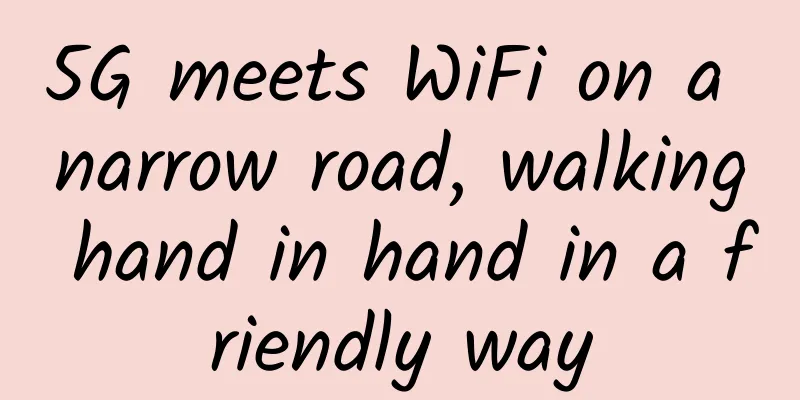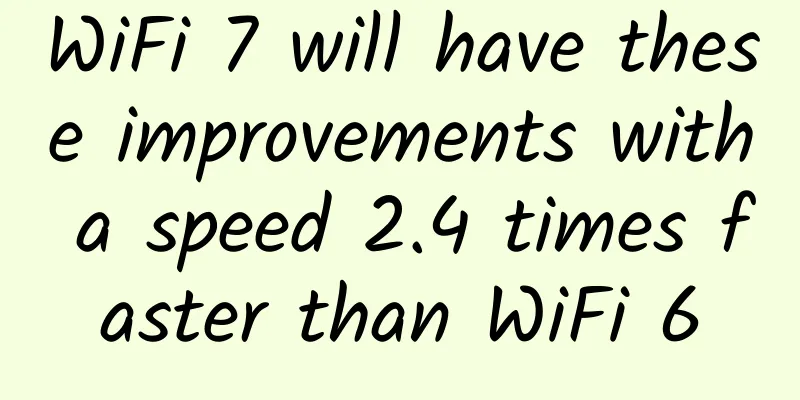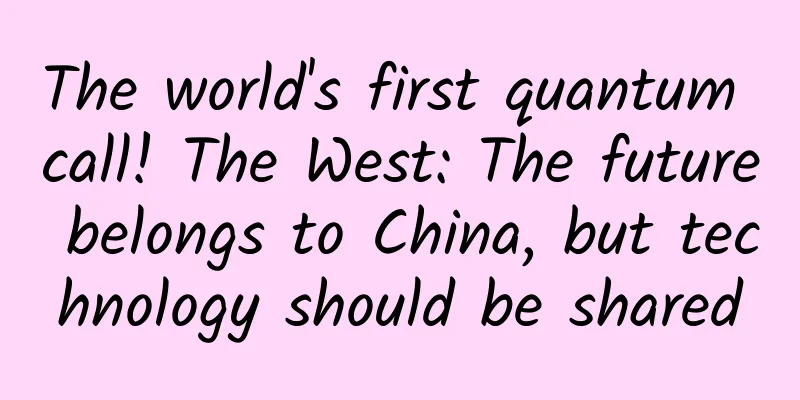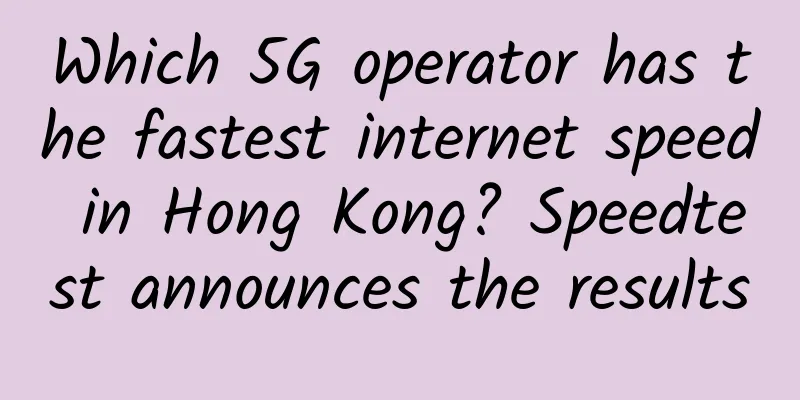5G meets WiFi on a narrow road, walking hand in hand in a friendly way

|
Recently, both domestic and foreign operators have come up with a term - *** package traffic. It is understood that major mobile operators in the United States have begun to provide *** data packages. Consumers will no longer need to switch back and forth between cellular networks and WiFi to avoid high data charges. Domestic operators are not willing to lag behind. China Unicom's Ice Cream Package, China Mobile's Apollo Package, and China Telecom's 4G Bangbo Card. Let's not complain about how "super" these three packages are. This move alone has confirmed the direction of wireless mobile networks. Farrar also predicts that in a world of unlimited data, consumers will use Wi-Fi in public places such as stadiums and airports, down from half of their current usage to one-third. Just imagine, if the charges for WiFi and 5G are the same, will you still look for WiFi everywhere? As it stands now, this key dynamic of operators may cause WiFi to exit the stage of history. “Consumers are rational: When pricing favors Wi-Fi, they use it more, and when price incentives shift, their behavior changes,” said Craig Moffett, an analyst at MoffettMoffettNathanson LLC. After such an analysis, it seems that 5G replacing WiFi has become a stable chess game. 5G still has a long way to go to replace WiFi WiFi has been around for 20 years and has spawned a nearly $20 billion market, including WiFi service providers and chip manufacturers, mainly because its technology is open and uses unlicensed spectrum to provide services. It is more convenient to use WiFi for short-distance transmission. Now almost all smart devices have WiFi modules, and most IoT devices are also equipped with WiFi modules. The export only uses a public IP address, and it doesn't matter if a large number of addresses are occupied within the LAN. It is very convenient for users to manage these devices under their own WiFi network. Samsung has previously released a 5G router that receives 5G network signals and converts them into WiFi signals for use by smart devices at home. If 5G really kills WiFi, all devices at home should be equipped with 5G network modules. Who would still use WiFi to surf the Internet? Wait, is it realistic to install 5G modules for so many devices at home and let them access the mobile network at the same time? Let’s not talk about when 5G network applications will become popular. Just changing the interfaces of connected devices will still require a long way to go. 5G and WiFi complement each other and are more convenient 5G and WiFi each have their own advantages. The advantage of 5G lies in its frequency band. Through low frequency band and carrier aggregation technology, the network capacity is greatly improved. The advantage of WiFi is its wide coverage, no need for wiring, and fast transmission speed. The wireless standard IEEE802.11a can reach 54mbps. The speed of WiFi is also getting faster and faster, and now the wireless transmission speed can exceed 1000M. In the context of broadband speed increase and continuous innovation of WiFi protocols, we will still connect to WiFi networks when we return home and enter the company, and it is a high-speed WiFi network. The 5G network will bring us a better user experience in the subway and outdoors. And it will play a better role in special fields such as telemedicine, Internet of Vehicles, VR on mobile terminals, etc. In an environment like a big city, high-rise buildings are densely populated, and the buildings we live in are very dense. When everyone accesses at the same time, it is inevitable that mutual interference will occur, and the load of the base station will be increased, resulting in a decrease in network speed. In an indoor environment, it is more convenient to use WiFi for short-distance transmission. Now almost all smart devices have WiFi modules, and most IoT devices are also equipped with WiFi modules. The export only uses one public network IP address. It doesn’t matter if a large number of addresses are occupied within the LAN. It is very convenient for users to manage these devices under their own WiFi network. What is the survival path of 5G and WiFi? At present, it is more convenient for us to complement each other. |
<<: 5G development, spectrum first--Interpretation of the "Future Spectrum Initiative"
>>: 3 ways to do next generation network migration correctly
Recommend
5G development strategies and measures of major countries and regions and their implications for my country
[[394646]] At present, a new round of scientific ...
What is Layer 3 switching technology? Detailed explanation of the application scenarios of Layer 3 switches and Layer 2 switches!
The design of the third layer switch is based on ...
Blockchain cross-domain security solution
1. Evolution of blockchain development Looking ba...
Thoroughly understand Cookie, Session, Token
[[281563]] Development History 1. A long time ago...
Pnetlab practical exercise: teach you step by step how to log in to the firewall securely through SSH!
1. Experimental Introduction About this experimen...
Megalayer: Hong Kong/Singapore/US VPS annual payment starts from 199 yuan or 24 yuan/month, dedicated server starts from 399 yuan/month
Megalayer is a foreign hosting company establishe...
Critical documentation in data center transformation
Documentation is often neglected in IT work. When...
HostYun: Japan Tokyo Softbank 300M-1Gbps large bandwidth VPS monthly payment starting from 25 yuan
Last year, we shared the information of HostYun&#...
Can 5G save operators from negative growth at the beginning of the year?
Although work has not yet been fully resumed, the...
The share of 5G phones in the U.S. has tripled, but it still lags far behind China
The analyst firm noted that 5G smartphones accoun...
A thought-provoking report on a major communications failure
Starting at 1:35 a.m. local time on July 2, a lar...
H3C iMC leads the Chinese network management software market for three consecutive years
Recently, International Data Corporation (IDC) re...
DMIT's new San Jose data center starts at $36.9/year, 15% off + free data
DMIT.io opened a new data center in San Jose, USA...
SpartanHost Seattle 20% off VPS restock, Dallas regular/large hard drive VPS restock
SpartanHost is currently restocking some packages...
Overview of important developments in the global 5G field in November 2020
In 2020, China, which was the first to achieve a ...









